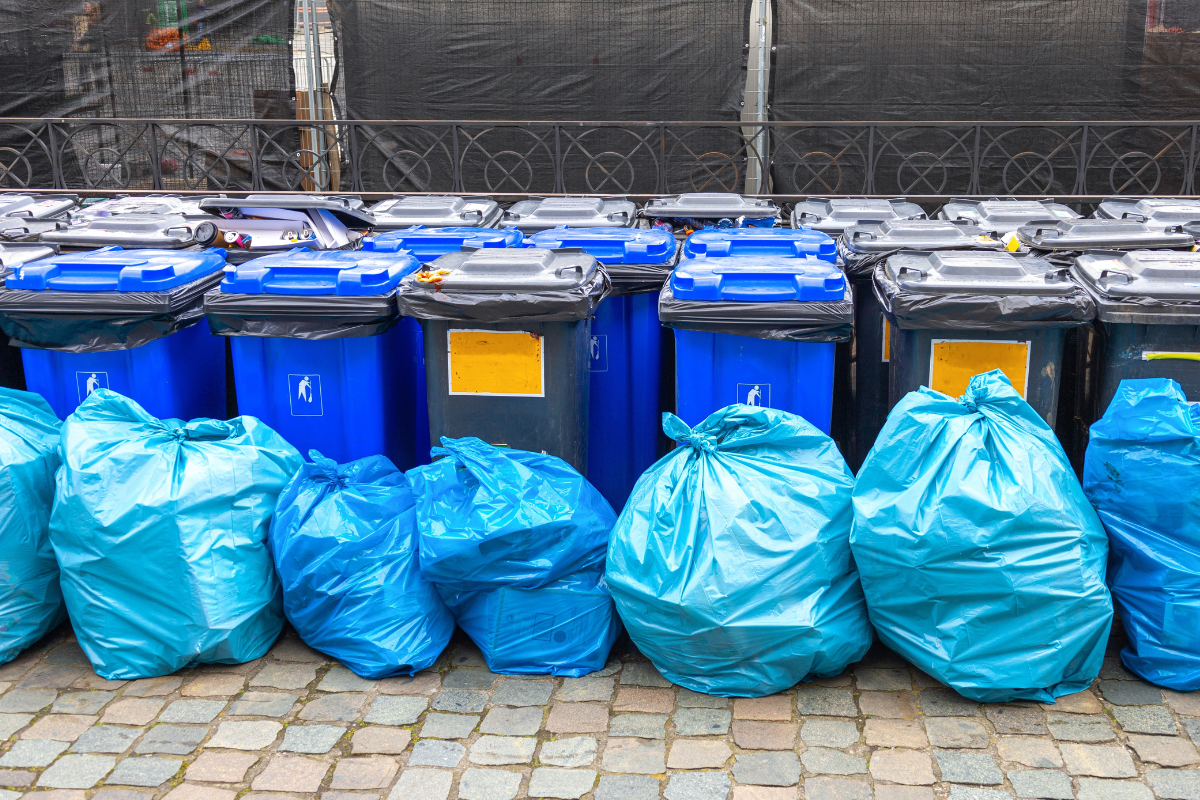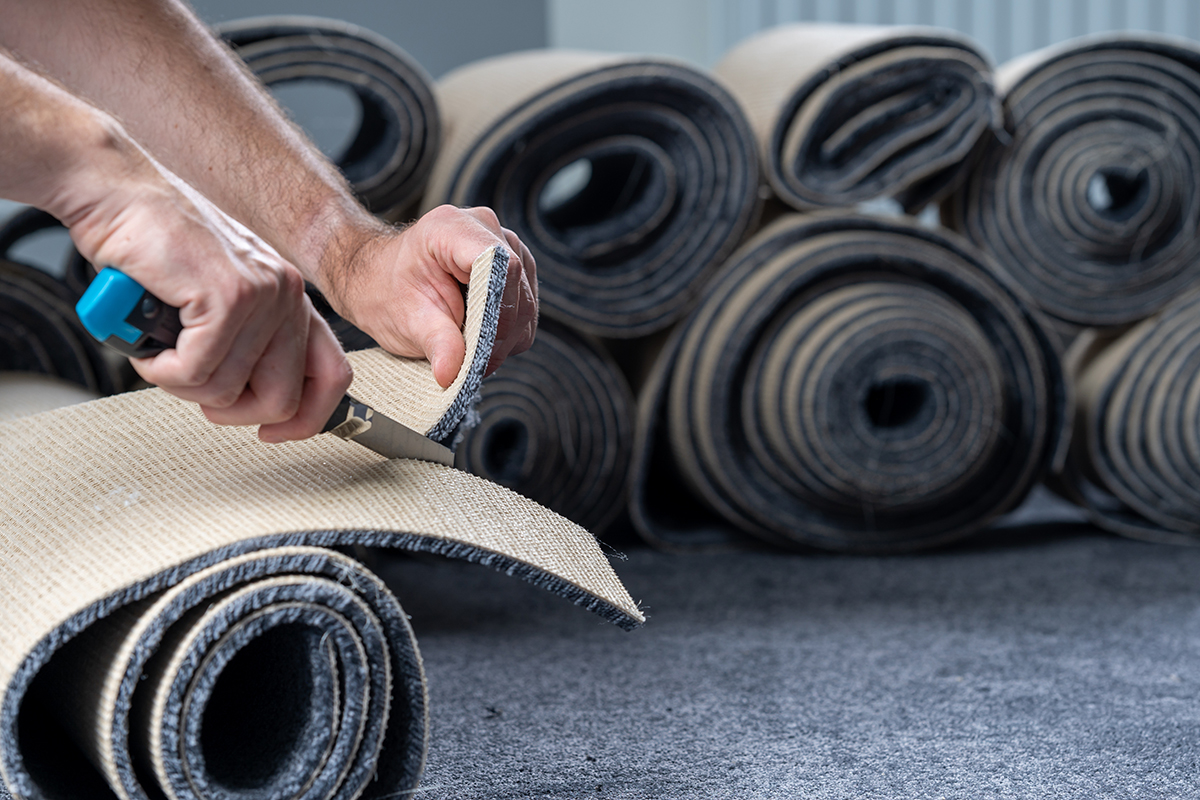An inclusive and equitable recycling program is a complicated but necessary undertaking. Industry experts recently offered tips on how to get there.
The Aug. 15 panel “Navigating Complexities in Racial and Social Equity” focused on how recycling managers can create inclusive and equitable programs. It was part of the 2023 Resource Recycling Conference that ran from Aug. 14-16, 2023, in Orlando, Fla.
Panelists were Jessica Levine, diversity and inclusion manager at The Recycling Partnership; Sophia Hosain, zero waste manager at Baltimore Public Works; Digna Rivera-Reyes, sustainability project manager for the city of Orlando; and Priscilla Pruna Boada, sustainability project coordinator for the city of Orlando.
The panel was moderated by Kevin Goolsby, a fellow for The Recycling Partnership’s Center for Sustainable Behavior and Impact.
Levine said although racial and social equity is bigger than recycling, “it is so integral and necessary for recycling champions, managers and coordinators to really look at their work from a diversity, equity and inclusion lens.”
“The reality is not everyone has the same level of opportunity to be able to actively participate in making their lived environment a safe, enjoyable space,” she said.
Levine recommended getting started on racial and social equity work by finding the baseline of where you are, then taking a phased approach to improve.
“A lot of time in the industry we want to move quickly, and I believe that’s great. There are 2024 goals we have to meet,” she added. “But at the same time, knowing that we can start with what we have and we can work with partners to build, I think that’s something to consider.”
Lessons from Baltimore
Hosain recommended “working through trusted resources that are already established,” such as community gardens and tool libraries, because that approach proved effective in Baltimore.
“We’re trying to make sure that at every step of the way there is opportunity to get involved, to participate, to make money, to build community and at the heart of it be well, which is so much bigger than recycling,” Hosain said.
Baltimore has historically been left exposed to waste processing conglomerates that cause environmental pollution, Hosain said, so adding community benefit agreements into new contracts is one way to improve equity.
Ensuring that any planning meetings are accessible is another way, she added. That could mean offering online options, closed captions or translation services. Strategic partnerships can also help stretch the limited funds and capacity of recycling coordinators.
Overall, Hosain said to keep in mind it’s “one size fits none.”
“The best resource is talking to other cities and looking at their resources and social media” to craft something that will work for a specific city’s residents, she said.
Multi-family challenges
Pruna Boada said that to her, equity means “leave no one behind.”
Rivera-Reyes leaned on creating a sense of belonging to demonstrate that recycling benefits people who do not normally participate.
“Remember that recycling is not a priority in communities that have a lot of issues,” she said, such as racial or socioeconomic pressures. Such communities need different kinds of outreach.
Orlando’s populace is 23.5% Black and 34.2% Hispanic, Pruna Boada said, and in 2019 there was an overall recycling participation rate of 41.79%.
Broken down by demographic, Black households had a 23.27% recycling rate and Hispanic households a 40.87% rate. Pruna Boada noted those numbers show the importance of targeted education and programs to improve recycling rates.
For example, for historically disadvantaged communities, she said focusing messaging on the rights and lives of generations to come is very effective. It’s also important to take into account how variables such as income and education level affect recycling. Pruna Boada said having a high school or higher education level often translates to a higher recycling rate.
After the city enacted a mandatory recycling ordinance in 2019, The Recycling Partnership provided funding for a pilot program to create customized recycling programs for 28 properties across the city, 20 of which were in lower income areas.
Rivera-Reyes said the pilot provided residents a customized plan depending on demographics of each property. Education was offered in Spanish, Haitian Creole and Portuguese, along with four billboards showing contaminants. They offered economic incentives for using the proper bin and then taking a survey, built infrastructure and did some beautification work, such as painting a mural on the recycling area.
As for on-the-ground challenges, digital access and right-sizing bins are key, Pruna Boada said.
During the pilot, Pruna Boada said she found that the size of the original dumpster or carts “did not directly correspond to the size of the property,” and sometimes the space allocated to the bins was not large enough.
Rivera-Reyes said the biggest challenge at multi-family buildings was the property managers. While a good manager can facilitate success for a program, an unwilling one can block it entirely.
“Sometimes they have poor confidence in their residents,” Rivera-Reyes said, and so even though everything in the pilot is free and her team will do all the work, “sometimes they still don’t want to participate.”
High turnover among property managers is also a problem, she added, because month to month her team has to keep explaining the program and how it works.
Pruna Boada said her big takeaway is “we need to keep learning, because this is an industry that is changing every day.”






















